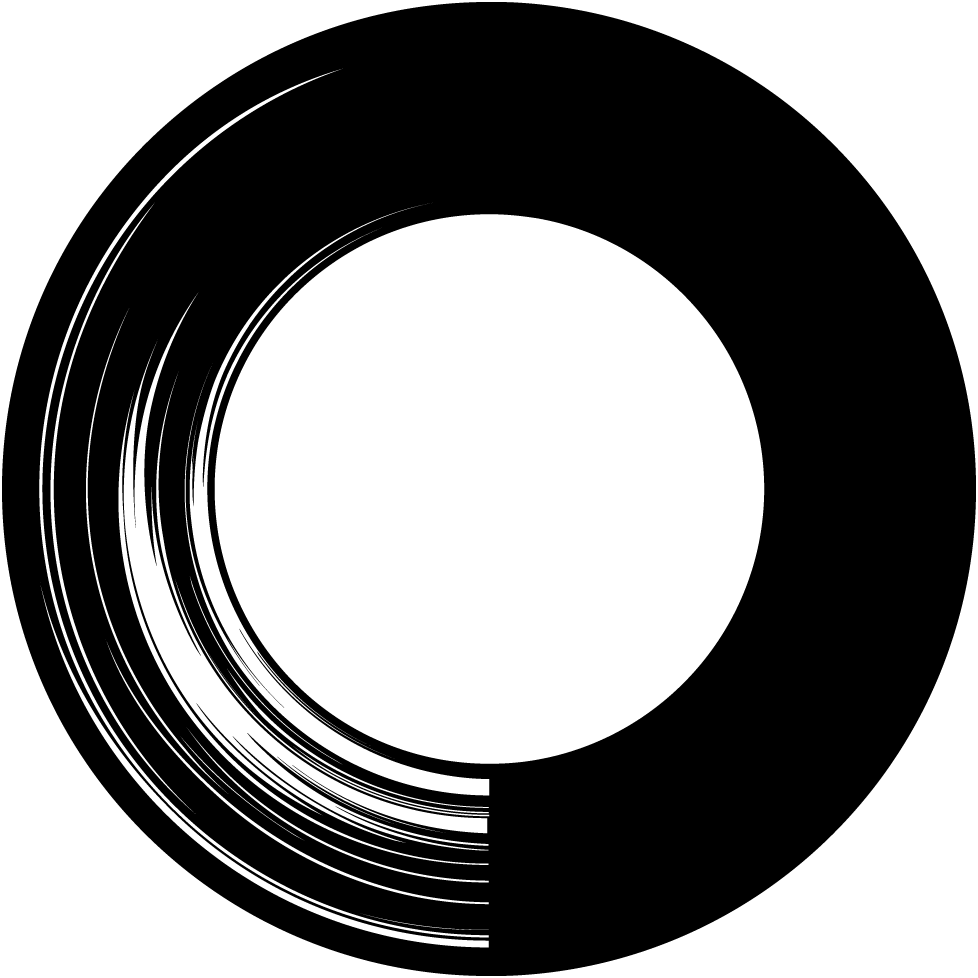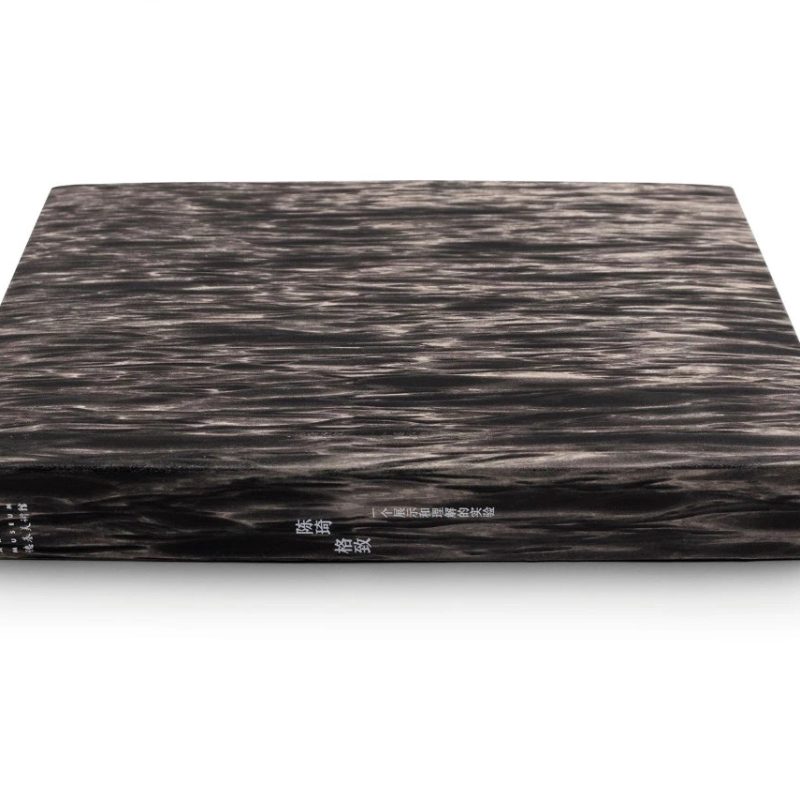Poetry is the spontaneous overflow of powerful feelings: it takes its origin from emotion recollected in tranquillity.
– William Wordsworth
During the 1980s, as I was at university, China was undergoing the initial phase of reform and opening-up. The nation opened up its long bolted gate. Waves of thinking in art flooded in from the west, lustrous and bizarre for us young people who had barely begun painting.Though I didn’t altogether comprehend those strangely novel images,they did provoke an unidentifiable urge inside me. I was compelled to paint many modern looking oil paintings. Yet as days went by, I felt the lack. I became sceptical of what I was doing and the significance of it if any. Doubts gradually emerged;“What is painting?” “why do I paint?” This was how my thinking around art began.
What is painting?What’s its significance?These may seem to be idle questions that rightly receive varying responses,and none of which would be definite.However,for me,it’s a question that has to be thought through Otherwise,painting would be meaningless.I had spoken about my doubts to many and tried to find answers in books.The results were disappointing Later on,I realized it was a question that could only be answered by oneself,not through the others’ help.From then on,I no longer followed prevailing trends in art and stopped shadowing after novel forms.I quieted down and began experiencing life.I heeded to my inner voices and transformed them into visually presented imageries.
Since 1986,and till these days,my art practice has continued to evolve around such state of mind.Artworks have come to fruition as the journey of life unravels.Although shortcomings exist,the works truth full reflect my feelings,my appreciation of the quotidian and my imageries excavated from dep consciousness To meditate,ponder and fabricate,my practice is based on the running currents of consciousness static emotions They are abstract consciousness,previously buried deep in mind,now externalized.
Spanning historical times, places, cultural environments and social contexts, paintings have performed varying social functions and have been spiritual aspirations for many.Histories of art are written from diverging perspectives, and painting means something else for every other painter. In 2017,inside Xu Xianxiu’s tomb chamber from Northern Qi dynasty,located 30 km north of the city Taiyuan, I carefully examined mural paintings at the corridor and the main chamber walls under dim lights. My eyes lingered on the exuberant faces of the soldiers walking in procession while picturing how the painters must have looked like: their ancestries, families, personal characters and talented skills. Maybe, they were folk painters invited to the court. Maybe they were acclaimed court painters of the Northern Qi dynasty. Throughout the history, painting has been granted varying literary connotations and subject to contemporary social needs. For artists of the European classicism, art was a craft, a trade like any other in exchange for food and shelter. Hence, their practice depended upon client orders regardless of who their patrons were, be it imperial families, churches, nobilities or marketplaces. In ancient China, there were those fond of painting. They were the cultural elites, a class of literati whose living didn’t rely on painting as a craft. Their creative practice revolves around resolving spiritual predicament. Max Loehr once said of the literati painters, “the practice of painting was utilized for self-cultivation, exchanges among friends and the constant refinements of a literati spirit.” Over hundreds of years, the literati have produced outstanding classics of Chinese paintings, and they are the spiritual mentors of my practice.
Painting is how I ruminate over the meaning of life.It is the ferry boat conveying me to the opposite bank. I take painting as an essential lesson for my thinking process. To paint is to comprehend, to search into one’s inner seclusion. It is a quest for the meaning of life and an attempt to interpret a man’s life. I try to shed insights on the invisible second nature by way of the visible first, to surpass the infinite beyond the finite. When painting no longer serves a utilitarian purpose or functions as pictorial records and superficial representations of everyday scenarios, it attains a freer scope and broader cultural implications. As Alain de Botton writes in How Proust Can Change Your Life: Not a Novel,painting’s sense of beauty is unrelated to the content depicted. The artist brings together lines, colours, materials and textures through his or her distinctive handwork and fuses them into visual images,subsequently accomplishing the matter-to-mind transfer. The beauty originates from the artists’ cognizance of objective reality and the surfacing of his or her true emotions.
I hope my art goes beyond nations, cultures, regions and epochs and withstands the trials of time and other cultural contexts.I hope it could be comprehended by way of a resonating beat and tugs the heartstrings. There is no need for me to misappropriate and abuse the socially indexical symbols or labels of traditional cultures in order to please the market and audiences. Artistically and visually,I deliberate over commonalities shared across mankind, the softest and the most vulnerable which is at the same time the deepest in man. I hope to open up an aperture for people to momentarily detach from the predicament in everyday realities, to let people into a state without their selves and to feel the existence of life and the beauty of things in full.
I believe the questions, “what is art?” and “what does art mean to me?”, unfold differently for every artist. Like the question of ‘beauty’, art has no standard answers. Its significance in life varies for everyone. Mu Xin once proposed: “there are three categories of artworks; the first achieves significance in reality but not in eternity. The second achieves significance in eternity but not in reality.The third achieves both.” I admire the immortal classics of art. They aren’t limited by their cultural backgrounds, regions and times and will always move the hearts. They are the spiritual wealth shared across mankind and my life-long aspiration for my rt practice.
For sure,our comprehension of art could only advance bit by bit. Different stages of life bring about distinct views about art.Thus, how life and art mean to us subtly changes as our intellect matures. As Shakespeare alludes to in Macbeth that “[life] isa tale. / Told by an idiot, full of sound and fury, / Signifying nothing”, andYuval Noah Harari echoes in his book Homo Deus:A Brief History of Tomorrow, “life has no script, no playwright,no director, no producer – and no meaning. To the best of our scientific understanding, the universe is a blind and purposeless process, full of sound and fury but signifying nothing.” For me,it is exactly due to this philosophical myth of life’s significance propels us to search for meaning in what’s supposedly meaningless, to forget oneself in the making of art and eventually,to resolve the predicament of life. Such is the truth of art.
Mid-Autumn Festival, 2018




